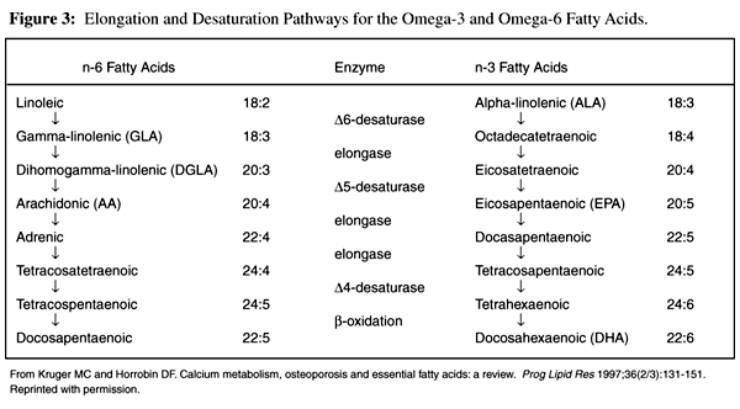Vitamins and Nutrients as Primary Treatments in Experimental Brain Injury: Clinical Implications for Nutraceutical Therapies
SOURCE: Brain Res. 2015 (Dec 23) [Epub ahead of print]
Cole Vonder Haara, Todd C. Petersonb, Kris M. Martensa, Michael R. Hoanec
Restorative Neuroscience Laboratory
Department of Psychology,
Life Science II, MC 6502
Southern Illinois University,
Carbondale, IL 62901, USA
With the numerous failures of pharmaceuticals to treat traumatic brain injury in humans, more researchers have become interested in combination therapies. This is largely due to the multimodal nature of damage from injury, which causes excitotoxicity, oxidative stress, edema, neuroinflammation and cell death. Polydrug treatments have the potential to target multiple aspects of the secondary injury cascade, while many previous therapies focused on one particular aspect. Of specific note are vitamins, minerals and nutrients that can be utilized to supplement other therapies. Many of these have low toxicity, are already FDA approved and have minimal interactions with other drugs, making them attractive targets for therapeutics.
There are more articles like this @ our:
Over the past 20 years, interest in supplementation and supraphysiologic dosing of nutrients for brain injury has increased and indeed many vitamins and nutrients now have a considerable body of literature backing their use. Here, we review several of the prominent therapies in the category of nutraceutical treatment for brain injury in experimental models, including vitamins (B2, B3, B6, B9, C, D, E), herbs and traditional medicines (ginseng, gingko biloba), flavonoids, and other nutrients (magnesium, zinc, carnitine, omega-3 fatty acids). While there is still much work to be done, several of these have strong potential for clinical therapies, particularly with regard to polydrug regimens.




Leave A Comment